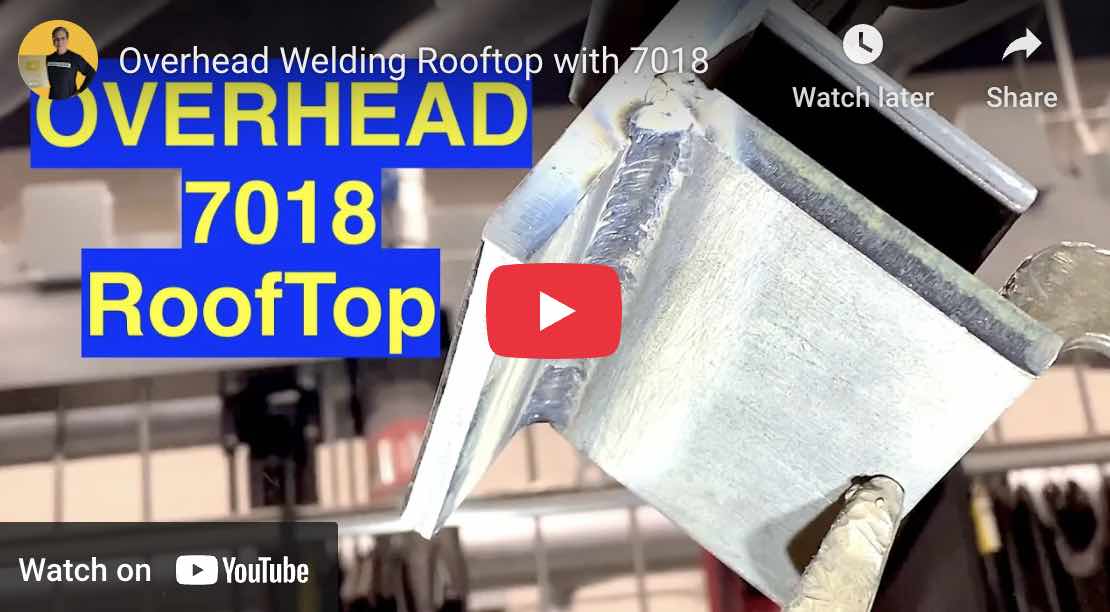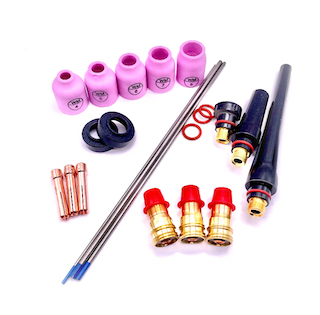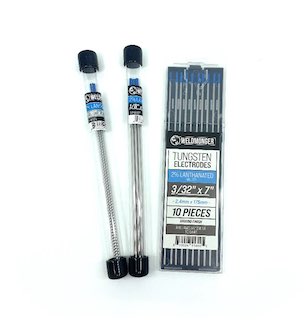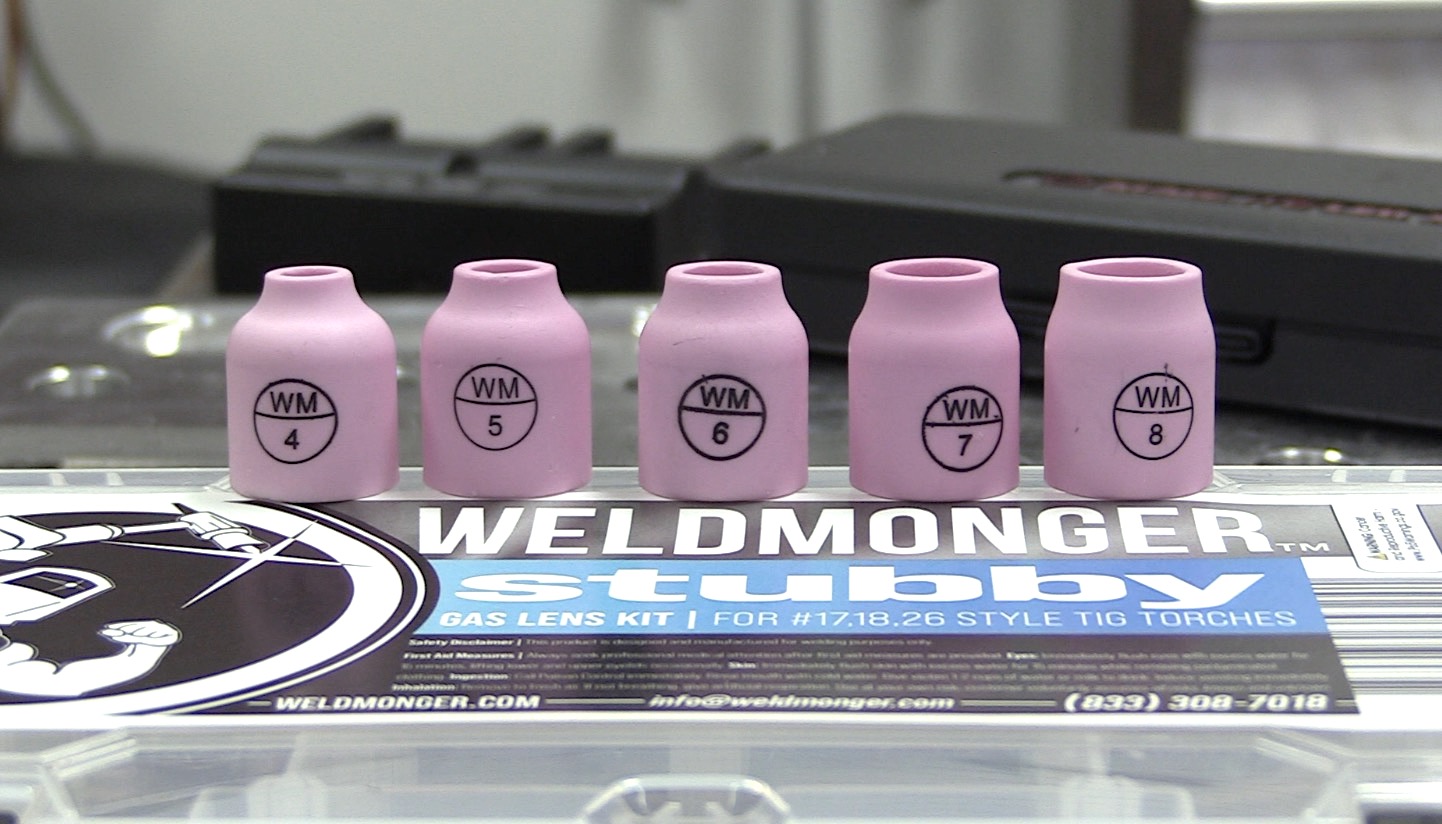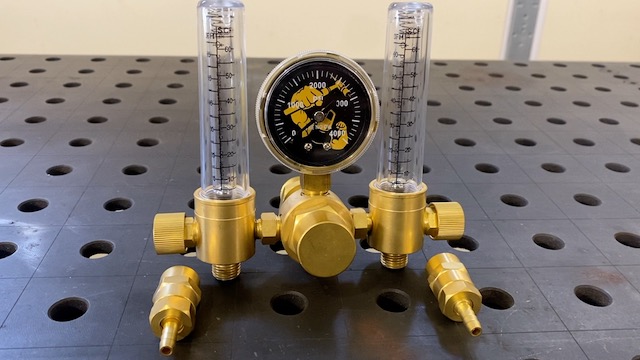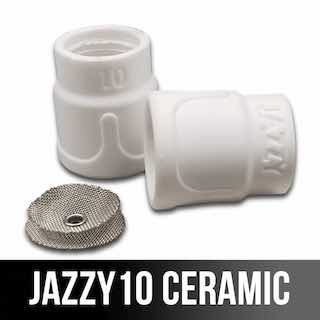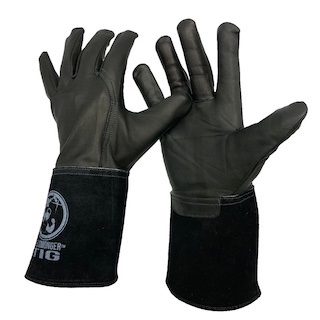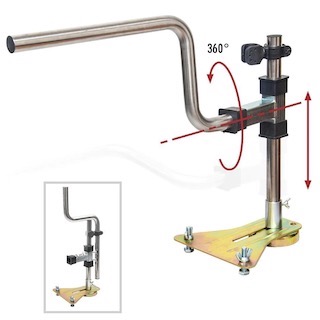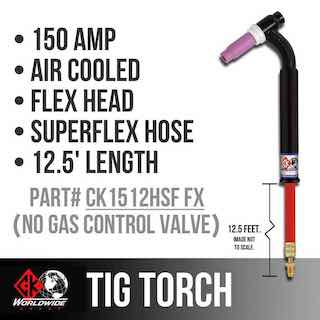3/32" 7018 overhead welding
- HOME
- STICK WELDING
- 3 32 7018
Stick Welding overhead in 4f position using 3/32" 7018 rods
Watch the latest welding videos at Weldmonger.com
Stick Welding Overhead with 1/8" 7018
- HOME
- STICK WELDING
- 3 32 7018
Why use low hydrogen 7018 electrodes? Watch video on hydrogen embrittlement
Simple metallurgy of welding carbon steels
Introduction to 3/32 7018 Overhead Welding
What is 7018 Welding Rod?
The 7018 welding rod is the bread and butter rod for structural welding here in the USA.
And the 3/32" 7018 is the favorite go to rod for a whole lot of situations.
A 7018 a low-hydrogen, iron powder-coated stick electrode that produces strong welds and minimal spatter.
But let’s break that down. The “70” in 7018 signifies the tensile strength of 70,000 psi, which is impressive by any standard. The “1” indicates it can be used in all positions—flat, vertical, horizontal, and yes, overhead. The “8” represents the flux composition, which helps stabilize the arc and provides excellent bead appearance.
Now, why is 3/32" so popular, especially for overhead welding?
The small diameter allows for reaching in arc gouged grooves...and the small puddle is easy to control while making welds on pipe, tubing, coped tube for fencing, and general weld repairs.
But keep this in mind: while 7018 rods produce beautiful welds, they demand skill and attention. They require a clean, dry surface, and they don’t forgive poor technique like other rods might. Also, moisture can ruin the flux, so you must store them in a rod oven or sealed container. In overhead welding, this precision becomes even more crucial. You're working against gravity, and that molten metal wants to drip away. So, choosing a rod that offers control and reliability, like the 3 32 7018, is smart.
In summary, the 7018 welding rod is your go-to for overhead welding when strength, stability, and clean results are non-negotiable. Master it, and you’ve got a powerful tool in your welding arsenal.
Why 3/32 Size Matters in Overhead Welding
Size matters—a lot—especially in overhead welding.
When it comes to 7018 rods, the 3/32 inch diameter strikes a perfect balance between manageability and performance.
Why does that size work so well? It’s all about control.
In overhead welding, gravity becomes your biggest enemy. A larger rod like 1/8 inch sometimes lays down too much filler too quickly, making it harder to control the puddle and increasing the risk of sagging...especially on 1/4" and thinner steel.
A smaller rod like 3/32 gives you more precision and reduces the heat input, which is key when you’re welding overhead.
Let’s not forget the amperage requirements. A 3/32 7018 rod typically runs at around 75 to 100 amps. That lower current minimizes the risk of burn-through, especially on thinner materials. Plus, it keeps the weld puddle smaller and more manageable, which is exactly what you want when you're fighting gravity.
Another benefit of 3/32" 7018, is that since the amperage required is low, running off 115 volt power is often possible. 87 amps with a 3 32 7018 will weld a lot of stuff.
The size also affects the deposition rate. With 3/32, you’re not overwhelming the joint with too much filler, which helps maintain consistency and penetration. It allows you to create tight, uniform beads that adhere well without creating excess spatter or slag. Think of it as using a fine-tip marker versus a fat crayon—you get cleaner lines and more detail with the smaller tool.
In short, the 3/32 7018 rod is ideal for overhead welding because it provides control, consistency, and cleaner results. It's like having a precision instrument in your hand instead of a blunt tool. Whether you're doing structural steel or repair work, this rod size helps you work smarter—not harder—when welding overhead.


